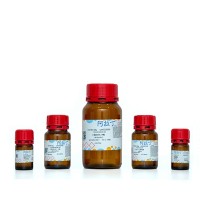Biochemical Systems Analysis of Signaling Pathways to Understand Fungal Pathogenicity
互联网
互联网
相关产品推荐

marA/marA蛋白//蛋白/Recombinant Shigella sonnei Transcriptional activator of defense systems (marA)重组蛋白
¥69

WISP2/WISP2蛋白Recombinant Human WNT1-inducible-signaling pathway protein 2 (WISP2)重组蛋白CCN family member 5 Connective tissue growth factor-like protein蛋白
¥1344

Recombinant-Saccharomyces-cerevisiae-Probable-mitochondrial-transport-protein-FSF1FSF1Probable mitochondrial transport protein FSF1 Alternative name(s): Fungal sideroflexin-1
¥11690

Cell Cycle Analysis Kit (with RNase)(BA00205)-50T/100T
¥300

消泡剂 SE-15,aqueous emulsion for bacterial and mammalian systems,阿拉丁
¥199.90
相关问答

